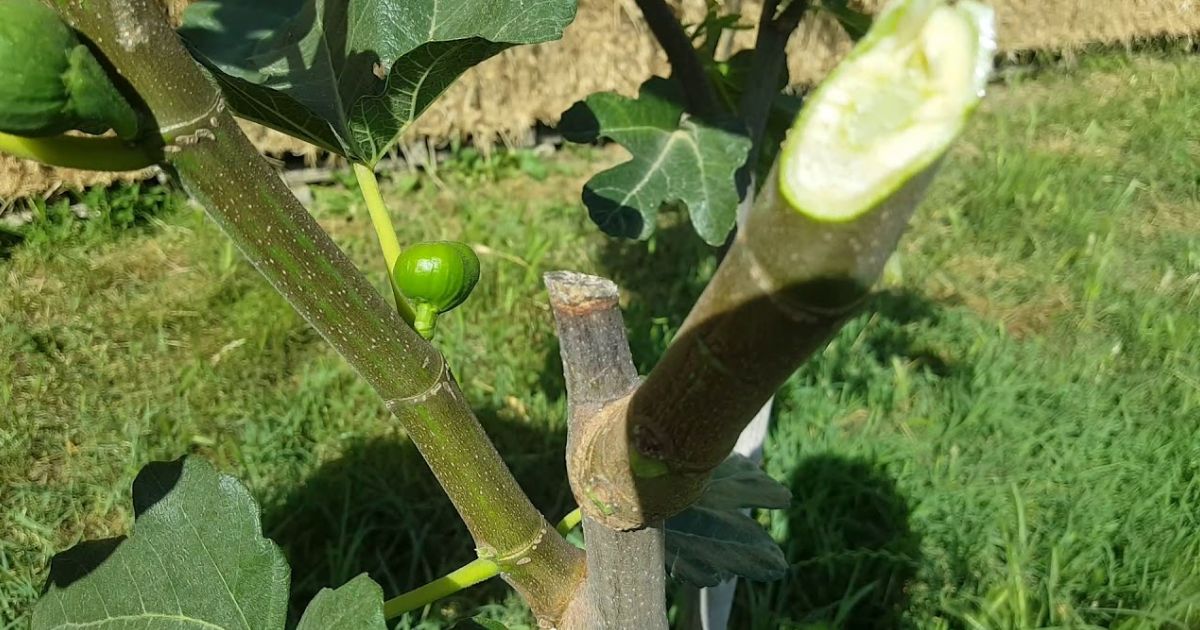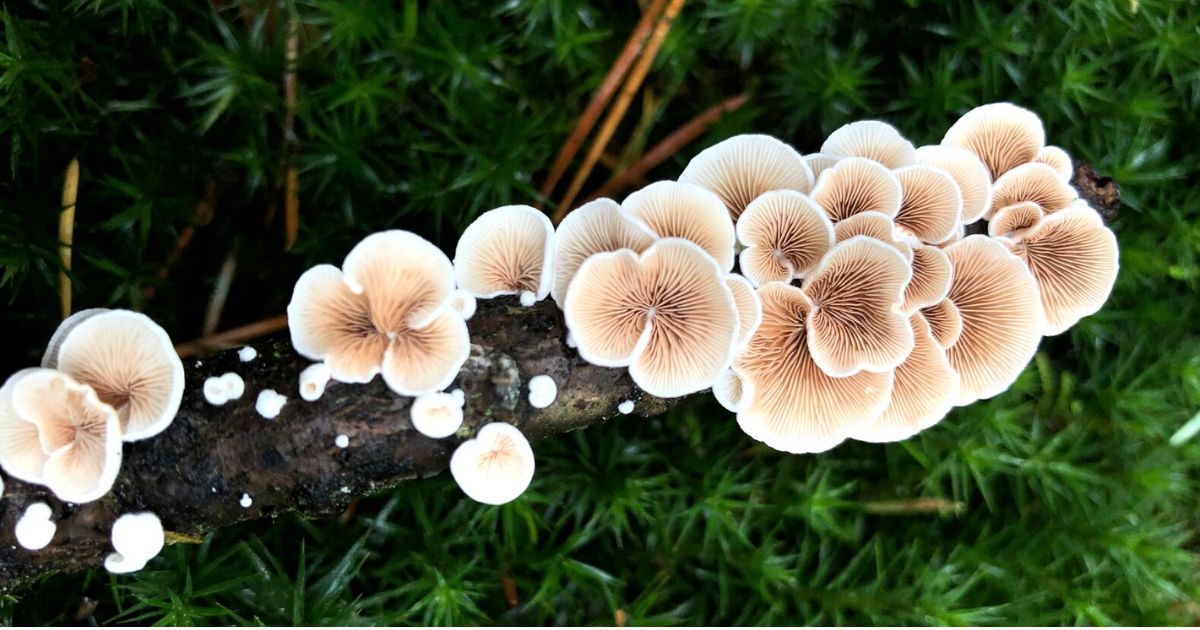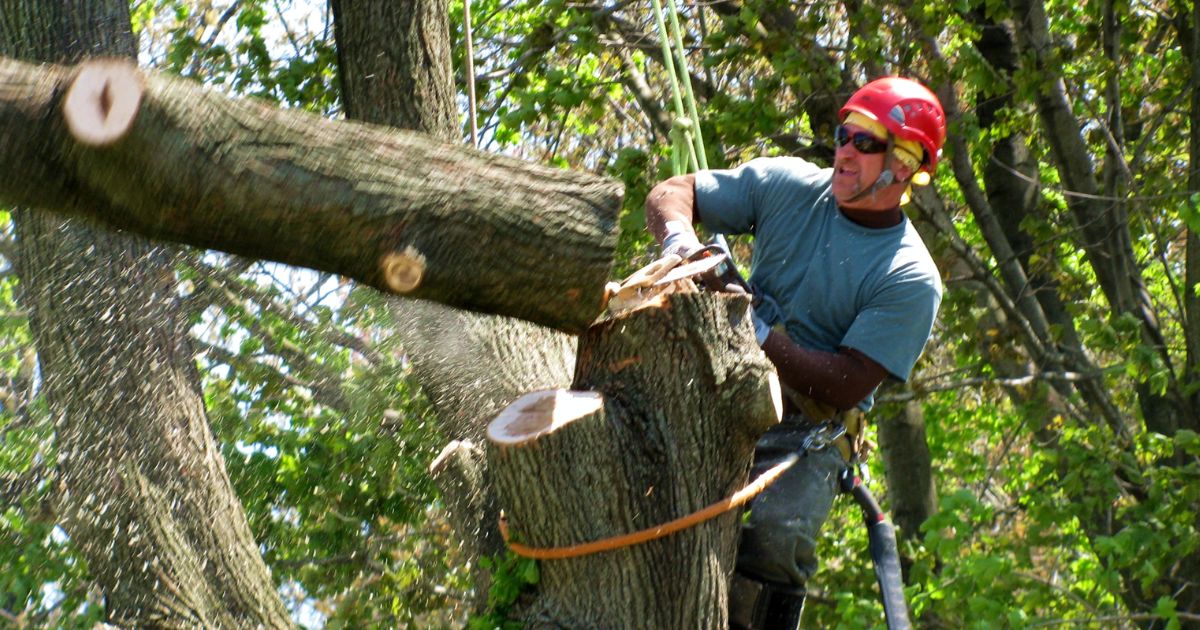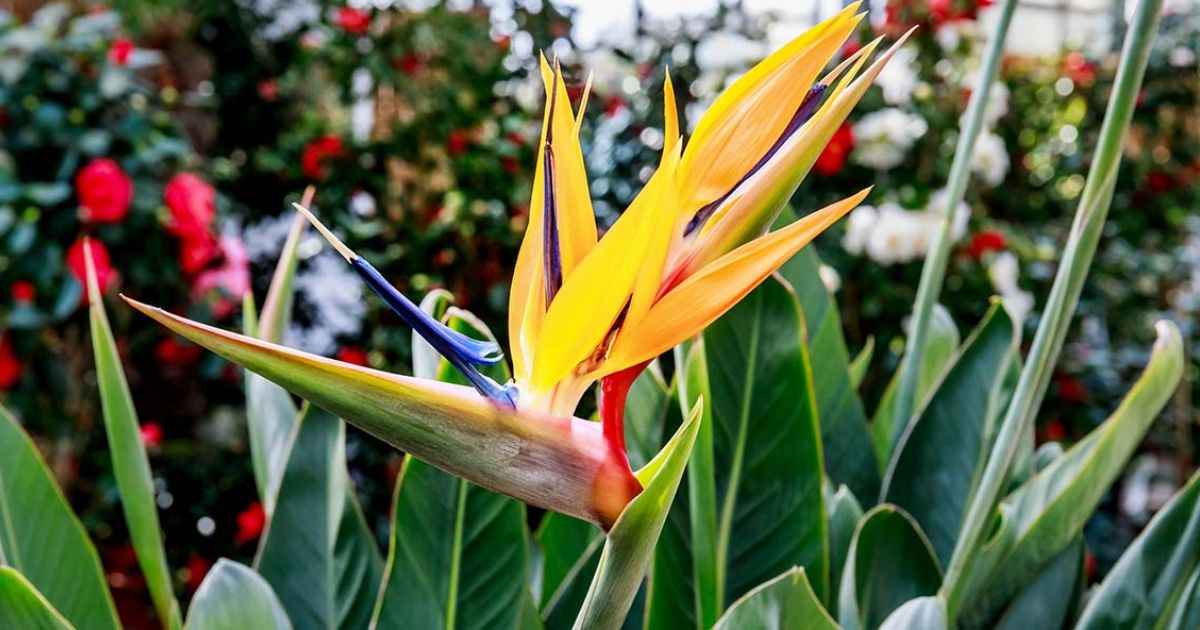The Flamingo Tree (Salix integra ‘Flamingo’) is a stunning ornamental tree known for its striking variegated foliage that changes throughout the seasons. With a beautiful mix of pink, white, and green leaves, this small willow variety gives any garden a touch of elegance and color. Whether grown in the ground or in a container, the Flamingo Tree is an eye-catching focal point that thrives in various outdoor spaces.Native to Japan and China, this deciduous shrub-like tree is favored for its compact size, making it perfect for small gardens, patios, or urban landscapes. Its fresh pink-tinged foliage emerges in spring, gradually transitioning to soft green with white accents. The leaves take on golden hues by autumn before falling, revealing their attractive red stems in winter. This year-round appeal makes it a favorite among gardeners looking for low-maintenance beauty.
Though relatively easy to grow, the Flamingo Tree requires proper care to maintain its vibrant colors and health. From selecting the right planting spot to pruning techniques that encourage new growth, this guide will cover everything you need to know to cultivate a thriving Flamingo Tree in your garden. Let’s dive into the essentials of planting, care, and maintenance!
Where to Grow a Flamingo Tree
Selecting the ideal spot is crucial for a robust and healthy flamingo. Tree (Salix integra ‘Flamingo’). This ornamental tree thrives in various settings, but providing optimal conditions will ensure its striking pink, white, and green foliage remains at its best throughout the seasons.
Climate & Hardiness Zones
The prune salix flamingo is well-suited for USDA hardiness zones 5-9, meaning it can tolerate cold winters but may need some protection in extreme frost. It flourishes in temperate climates with moderate humidity and regular rainfall.
Sunlight Requirements
For the brightest foliage colors, plant your Flamingo Plant a tree where it will get full sun to partial shade. Six hours or more a day in the sun is ideal to maintain its pink hues. Best Fast Growing Trees Too much shade can cause the colors to fade, resulting in dull green leaves.
Soil Preferences
This tree prefers moist, well-draining soil that is slightly acidic to neutral (pH 5.5-7). Avoid dry, sandy soil, which can lead to leaf scorch, and steer clear of waterlogged areas, which may cause root rot. Loamy, nutrient-rich soil is best for healthy growth.
Garden or Container Planting?
- In the ground: This is great for creating a focal point in small gardens, along pathways, or near water features.
- In a container: This is perfect for patios, balconies, or compact spaces, as it allows for better control of soil conditions and root growth.
By selecting the right location and soil conditions, your pruning a salix will flourish and bring beauty to your landscape year after year.
Flamingo Willow Care
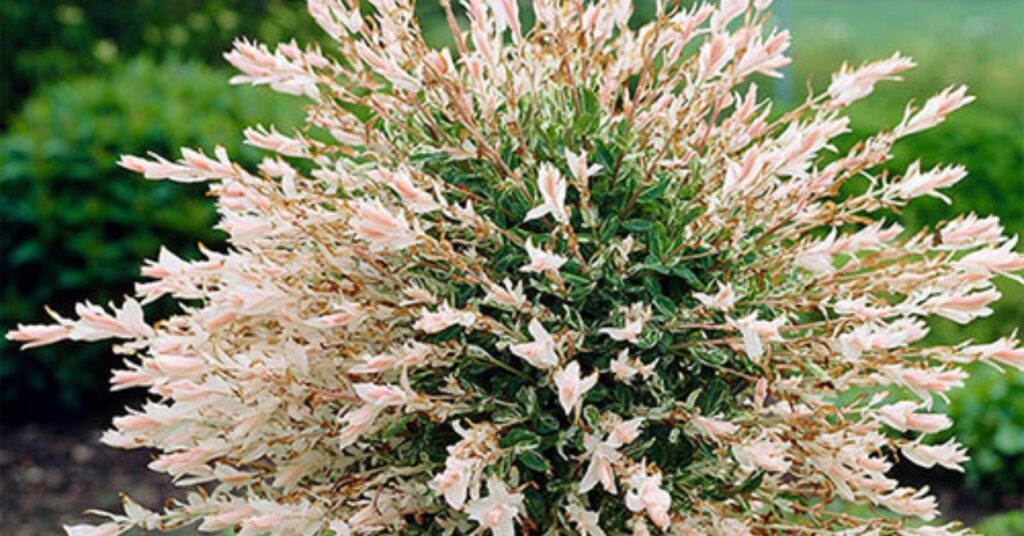
pruning a flamingo tree thrives in moist, well-drained soil and prefers full sun for the best foliage color. While the shrub naturally develops an elegant arching form when left unpruned, regular trimming enhances its striking tri-colored leaves and vibrant red stems. Pruning may be required multiple times throughout the year.
Light Requirements
For optimal leaf coloration, plant flamingo willow in full sun. While it can tolerate partial shade, In really hot areas, it might benefit from some shade.
Soil Preferences
This shrub grows best in consistently moist soil but is well-draining and rich in organic matter.
Watering Needs
flamingo willow thrives in wetland or marsh-like conditions where water is abundant. The Best Places If grown in drier soil, applying a thick layer of mulch will help retain moisture.
Temperature and Humidity
Cooler climates (north of Zone 7) yield the best foliage color. The plant is highly adaptable to various humidity levels.
Fertilization
Willows generally do not require additional fertilization.
Types of Flamingo Willow
planting salix resembles several other willow species commonly used in landscaping. However, due to their vigorous root systems, these plants should not be grown near septic systems or underground pipes.
Notable related species include:
- Weeping willow (Salix babylonica) – A fast-growing tree often found near bodies of water.
- Pussy willow (Salix discolor) – A larger shrub known for its decorative catkins.
- Rosegold pussy willow (Salix gracilistyla) – Features catkins that transition from pink to orange to yellow.
- Goat willow (Salix caprea) – A European counterpart to the North American pussy willow, Why Fall is the Best Time to Plant Trees growing as a large shrub or small tree.
- White willow (Salix alba) – A large tree reaching 50 to 80 feet tall.
- Coral bark willow (Salix alba subsp. vitellina ‘Britzensis’) – A white willow cultivar with striking orange-red stems in winter. With regular pruning, its size can be managed.
Pruning Tips
To maintain vibrant foliage and striking red stems, follow this pruning routine:
- Early spring (dormant season) – Perform a heavy prune for the best leaf color.
- Late spring to early summer – Trim again to encourage new growth.
- August – Conduct a final trim for the season.
- General maintenance—Each spring, remove about one-third of the oldest branches at the ground level and lightly trim the top growth (about 1 foot). This encourages fresh growth, What Are Basil Black Spots enhancing the pink flamingo tree variegated foliage in spring and red stems in winter.
Propagating Flamingo Willow
salix flamingo , like most willows, is easy to propagate through cuttings:
- In spring, take 8-inch cuttings from softwood stems (without leaves).
- The cuttings should be planted in a small container with premium potting soil.
- Once roots become visible through the pot’s drainage holes, transplant the young plant into your desired location.
How to Grow Flamingo Willow from Seed
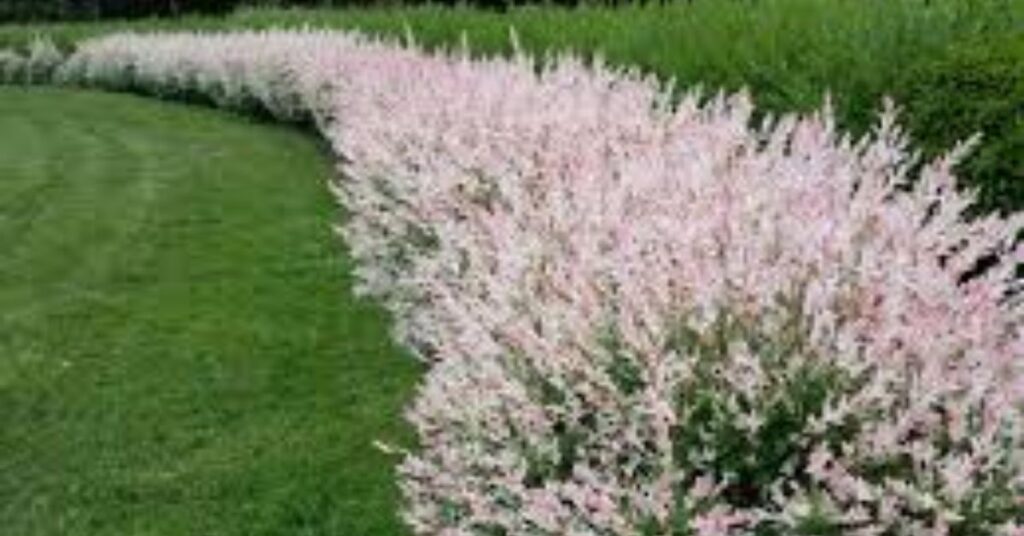
Growing a flamingo salix (Salix integra ‘Flamingo’) from seed is challenging but rewarding. Unlike propagation through cuttings—which is faster and more common—starting from seed requires patience, as willows typically have low germination rates. However, you can grow your Flamingo Tree from scratch with the right approach.
Collecting and Preparing Seeds
flamingo tree produce tiny, fluffy seeds in late spring to early summer. Since willow seeds lose viability quickly, they must be collected fresh from a mature tree and planted immediately. Find seeds inside the catkins (flower clusters) and extract them carefully.
Sowing the Seeds
- Fill a seed tray or container with moist How to Make a Christmas Tree Last Longer well-draining soil (a mix of peat, sand, and compost works well).
- Scatter the seeds lightly on the surface—do not bury them; they need light to germinate.
- Mist the soil gently with water to keep it moist but not soggy.
Germination and Early Care
- The tray should be placed in a warm, well-lit area that receives indirect sunshine (around 65 to 75°F).
- If conditions are favorable, germination usually takes place in 7–14 days.
- Carefully move seedlings into bigger pots after they have a couple sets of genuine leaves.
Transplanting & Long-Term Care
- After the seedlings grow 6-12 inches tall, they can be planted outdoors in spring.
- Choose a sunny, well-drained location with regular watering to encourage healthy root development.
Common Pests and Plant Diseases of the Flamingo Tree
While the salix flamingo (Salix integra ‘Flamingo’) is relatively hardy, certain pests and diseases can affect it and hinder its growth and beauty. Identifying and managing these issues early will help keep your tree healthy and vibrant.
Common Pests
- Aphids: These tiny sap-sucking insects cluster on young shoots and leaves, causing leaf curling and stunted growth.
- Solution: Spray with insecticidal soap neem oil, or introduce natural predators like ladybugs.
- Scale Insects: These tiny, shell-like pests attach to stems and leaves, draining the tree’s nutrients.
- Solution: Scrap them off gently or apply horticultural oil.
- Caterpillars: Certain caterpillars feed on the foliage, leaving holes in the leaves. Solution: Handpick them or use Bacillus thuringiensis (Bt), an organic insecticide.
Common Plant Diseases
- Powdery Mildew – A white, powdery fungal growth appears on leaves, often due to high humidity. Solution: Improve air circulation, avoid overhead watering, and treat with a fungicide if necessary.
- Root Rot: This condition is brought on by excessive watering or soil that doesn’t drain well. leads to yellowing leaves and a weakened tree. Solution: Ensure proper drainage and reduce watering frequency.
- Willow Rust – Orange or brown fungal spores appear on the leaves, weakening the tree. Solution: Prune affected areas and apply a fungicide if needed.
When to Prune a Salix Flamingo

Pruning your Salix Flamingo (Salix integra ‘Flamingo’) at the right time is essential for maintaining its vibrant pink, white, Top 15 Small Evergreen Flowering and green foliage while encouraging fresh growth. The best time to prune depends on your goal—shaping the tree, promoting new foliage, or maintaining plant health.
Major Pruning – Late Winter to Early Spring (Before New Growth)
The ideal time for a hard prune is right prior to the formation of new buds, from late winter to early spring (February to March). Right now, pruning:
- Encourages strong new growth with brighter foliage.
- Helps maintain a compact, bushy shape.
- Removes dead, damaged, or overcrowded branches.
Light Pruning – Throughout the Growing Season
You can do light pruning in late spring and summer to remove faded or excess growth, helping maintain shape and enhance color. After the first flush of pink leaves fades, trimming can encourage a second flush of fresh foliage.
Avoid Pruning in Late Autumn or Winter
Pruning too late in the season can make the plant vulnerable to frost damage. Always finish significant cuts before the first frost sets in.Regular pruning keeps your Flamingo Tree healthy, colorful, and thriving all year!
Flamingo Dappled Willow: A Colorful Landscape Marvel
Looking to add a splash of color and elegance to your garden? The Flamingo Dappled Willow might be your new favorite shrub. Known for its eye-catching variegated leaves, this ornamental plant blends soft pink, creamy white, and light green foliage that nature has hand-painted.Perfect for hedges, borders, or as a standout specimen, the Flamingo Willow (Salix integra ‘Hakuro Nishiki’) grows best in wet conditions with full sun to partial shade and well-drained soil. How to Take Hydrangea Cuttings In spring, new growth emerges a soft pink, fading to dappled tones as the season goes on, giving your garden a dreamy, watercolor vibe.
This fast-growing shrub is also easy to maintain. A light trim in early spring keeps its shape and encourages vibrant new growth. Plus, it’s deer-resistant and attracts birds, making it practical and wildlife-friendly.Whether planted alone or in groups, the Flamingo Dappled Willow brings year-round interest and gentle charm to any landscape design.
Conclusion
The flamingo tree (Salix integra ‘Flamingo’) is a stunning ornamental tree with vibrant pink, white, and green foliage that brings year-round beauty to any garden. While relatively easy to grow, proper care—including selecting the right location, providing adequate water and nutrients, and regular pruning—ensures it remains healthy and colorful.Understanding common pests and diseases and effective prevention methods can protect your tree from damage and keep it thriving for years. Whether you’re planting in the ground or a container, the Flamingo Tree is a rewarding addition to any outdoor space, offering seasonal color and striking visual appeal.
You can appreciate the beauty of this unusual tree and even grow new ones from cuttings or seeds if you are patient and careful. Have you ever cultivated a salix flamingo We would love to hear about your experiences and advice in the comments section below.
FAQ
How fast does a Flamingo Tree grow?
Flamingo Trees are relatively fast-growing, typically adding 1-2 feet per year under ideal conditions. Regular pruning encourages new growth and enhances its vibrant foliage.
Can a Flamingo Tree grow in a pot?
Yes! Flamingo Trees do well in containers, making them perfect for patios and small gardens. Use a well-draining soil mix, water regularly, and repot every few years to prevent root crowding.
Why are my Flamingo Tree’s leaves turning brown?
Brown leaves could be due to drought stress, overwatering, or sun scorch. Ensure consistent watering, provide afternoon shade in hot climates, and avoid soggy soil.
Is the Flamingo Tree deer-resistant?
While not wholly deer-proof, the Flamingo Tree is less appealing to deer than other plants. However, young shoots may still be nibbled.
Can I propagate a Flamingo Tree from cuttings?
Yes! The easiest method is to use softwood cuttings in spring or early summer. Place the cuttings in water or moist soil; they should root within a few weeks.
Does the Flamingo Tree lose its leaves in winter?
As a deciduous tree, it sheds leaves in late fall, revealing its attractive red stems during winter. New foliage emerges in early spring.


